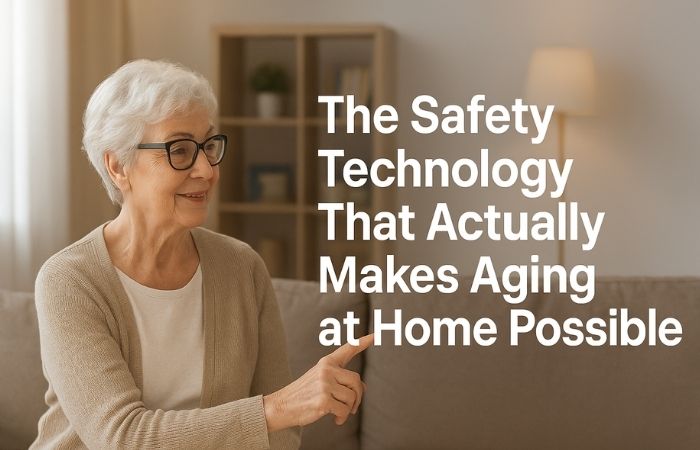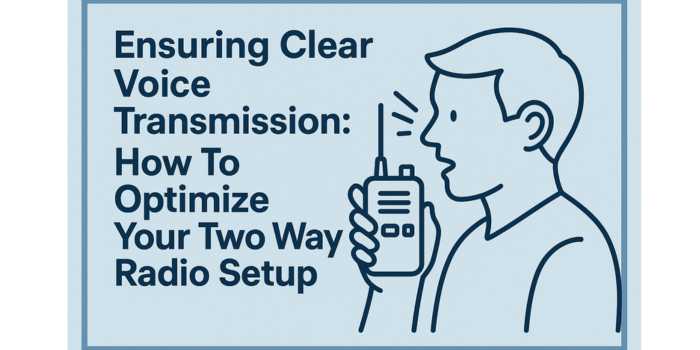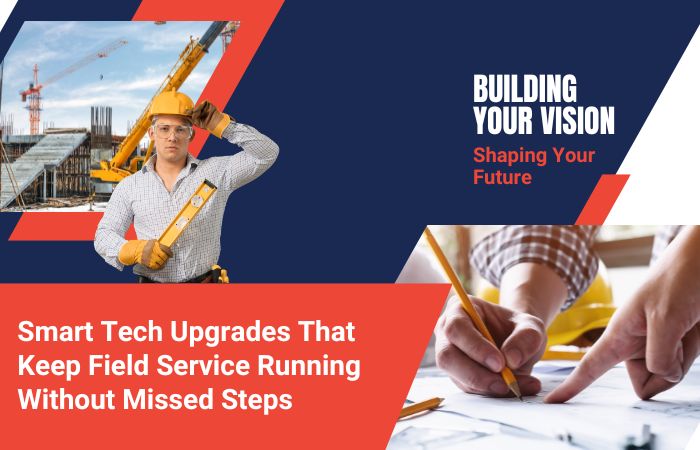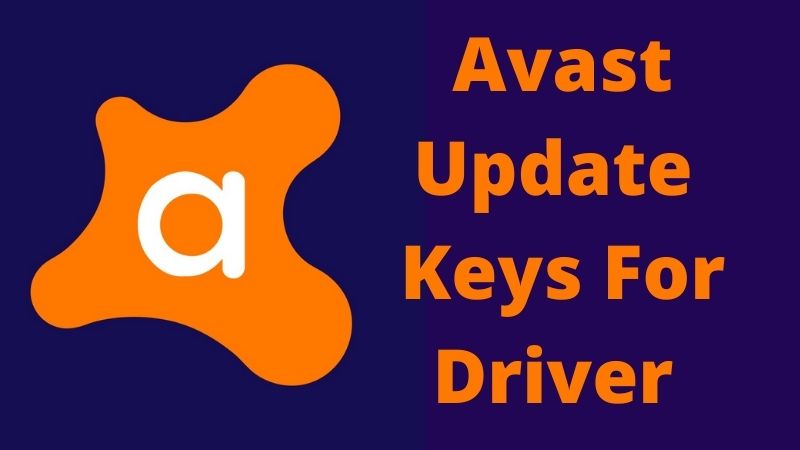Most seniors want to stay in their own homes as they age. It’s where their memories are, where they feel comfortable, where they maintain their sense of independence and control. But wanting to age in place and being able to do it safely are two different things. The gap between these two realities is often bridged by technology, although not all technology is equally important or useful.
Walk into any store selling senior products, and the options are overwhelming. Gadgets that monitor everything, devices that promise total safety, systems that claim to solve every possible problem. Some of these tools genuinely make independent living possible. Others are expensive solutions looking for problems, or features that sound great but rarely get used. Understanding which technology actually matters can mean the difference between a senior staying home safely and either living with unnecessary risk or spending money on things that don’t help.
The Foundation: Emergency Response Capability
The single most important piece of technology for seniors aging at home is reliable access to emergency help. Everything else is secondary to this. When someone falls, has chest pain, or experiences any medical crisis, they need to be able to summon help even if they can’t reach a phone.
This is where systems such as a personal medical alert system for elderly individuals become essential rather than optional. These wearable devices enable individuals to call for help from anywhere within or around their home with a simple button press. The monitoring service on the other end can contact emergency services, notify family members, and stay on the line until help arrives.
What makes this foundational is that it addresses the scenario that ends independent living most often: a senior has a medical emergency and can’t get help. Falls, heart attacks, strokes, severe medication reactions, all of these become survivable and recoverable when help arrives quickly. Without a way to call for help from the floor, from the shower, from the yard, these same emergencies can become fatal or result in injuries severe enough to require permanent care facility placement.
The system needs to be wearable, not wall-mounted. It needs to work throughout the home and the immediate outdoor areas. It should have a battery backup in case of power outages. And the person needs to actually wear it consistently, which means it has to be comfortable and not feel stigmatizing. These aren’t nice-to-have features; they’re what determines whether the system works when needed.
Medication Management That Actually Functions
Medication errors are another major threat to safe independent living. Missing doses, taking medications twice, confusing similar-looking pills, all of happen regularly when seniors manage complex medication schedules alone. The consequences range from ineffective treatment to emergency room visits from overdoses or dangerous interactions.
Automated pill dispensers have gotten much better in recent years. The useful ones lock away pills until it’s time to take them, alert the person when it’s medication time, and notify family members if doses get missed. Some even connect with pharmacies to simplify refills. These aren’t simple pill organizers; they’re systems that actively prevent the most common medication errors.
The keyword is “automated.” Pill organizers that someone fills themselves each week don’t solve the problem because the errors happen during the filling process or when someone forgets whether they already took today’s dose. The technology needs to do the organizing and tracking, not just store pills in compartments.
For seniors on multiple medications, especially those that require precise timing or have serious consequences if missed, these systems change the risk calculation of living alone. They’re not cheap, but they address a real problem that otherwise requires either daily in-person medication assistance or accepting significant risk.
Communication Technology That Works in Emergencies
Video calling has become important for more than just social connections. Being able to see a parent during daily check-ins provides information that voice calls miss. Family members can notice if someone looks unwell, if they’re wearing the same clothes as yesterday, if the house behind them looks unusually messy. These visual cues often catch problems before they become crises.
The technology needs to be simple, though. Systems requiring multiple steps or navigation through menus don’t work well for seniors with declining cognitive function or limited tech comfort. Devices that answer automatically or with a single touch, that have large screens and good sound quality, and that work reliably without frequent troubleshooting are what actually get used consistently.
Smart home assistants can serve a similar purpose, allowing voice-activated calling and emergency requests. The simpler the interface, the more likely it is to function when someone is confused, injured, or panicking.
Fall Prevention vs Fall Response
Here’s where technology choices get complicated. A lot of products claim to prevent falls, from special socks to motion sensors to AI-powered cameras that watch for unsafe movements. Most of these are somewhere between marginally helpful and useless. Falls happen because of complex combinations of factors, including muscle weakness, balance problems, medication side effects, and environmental hazards.
What technology can do effectively is respond to falls quickly. Automatic fall detection has improved significantly, though it still generates false alarms and occasionally misses actual falls. But even imperfect detection is better than nothing for seniors at high fall risk who might not be able to press a button after falling.
The better investment is usually in fall detection capability combined with emergency response, rather than in prevention gadgets of questionable effectiveness. Grab bars, good lighting, and removing tripping hazards prevent more falls than fancy technology, and cost much less.
What About Smart Home Monitoring?
Motion sensors that track daily patterns, door sensors that alert family when someone leaves the house, and cameras that allow remote checking, these all exist, and some families find them helpful. But they’re optional in a way that emergency response capability isn’t.
These monitoring tools work best for seniors in early cognitive decline whose families need to know if routines change dramatically or if someone wanders off. For seniors whose main concern is physical safety rather than cognitive impairment, the monitoring usually creates more anxiety than peace of mind. Nobody wants to feel watched in their own home, and the privacy trade-off needs to be worth it.
The Technology That Doesn’t Matter Much
GPS tracking matters for seniors with dementia who wander, but not for most others. Medication reminders on phones work fine for people who already use smartphones regularly. Smart pill bottles that track when they’re opened are less reliable than proper dispensing systems. Fall detection watches that require charging every day don’t help when batteries die.
A lot of senior safety technology sounds useful until you think through how it would actually work in real life with real limitations. Battery life, complexity, false alarms, and whether the senior will actually use the device all matter more than impressive specifications.
Making Smart Choices
The technology that makes aging at home possible isn’t usually the newest or flashiest. It’s the devices that address the most dangerous scenarios: inability to call for help during medical emergencies, medication errors, and prolonged time without human contact. Getting those basics right matters more than adding layers of monitoring and tracking that often create more problems than they solve.
Most families do better starting with emergency response capability and medication management, then adding other technology only if specific problems emerge that warrant it. The goal is supporting safe independence, not creating a house full of gadgets that nobody understands or uses.




